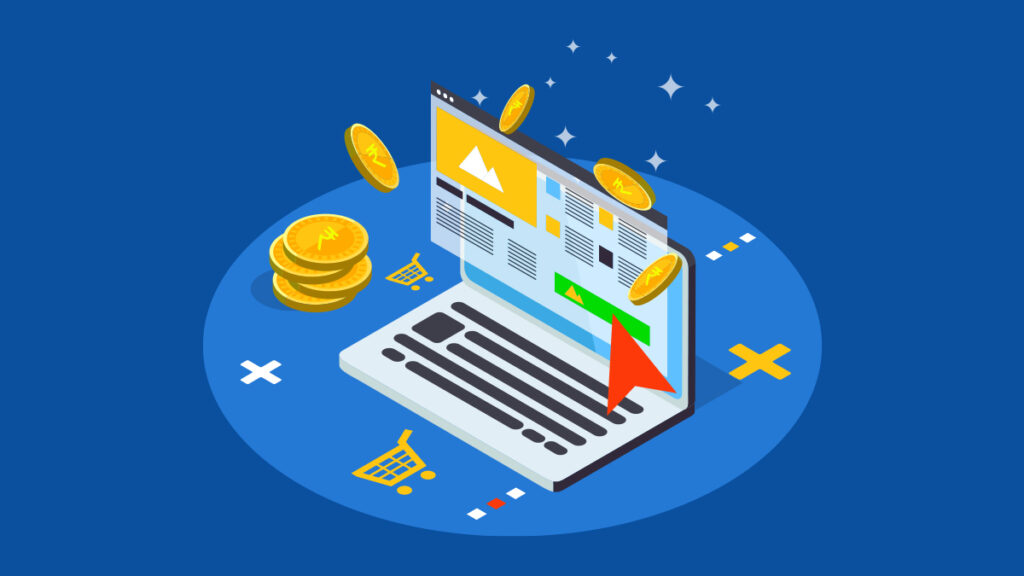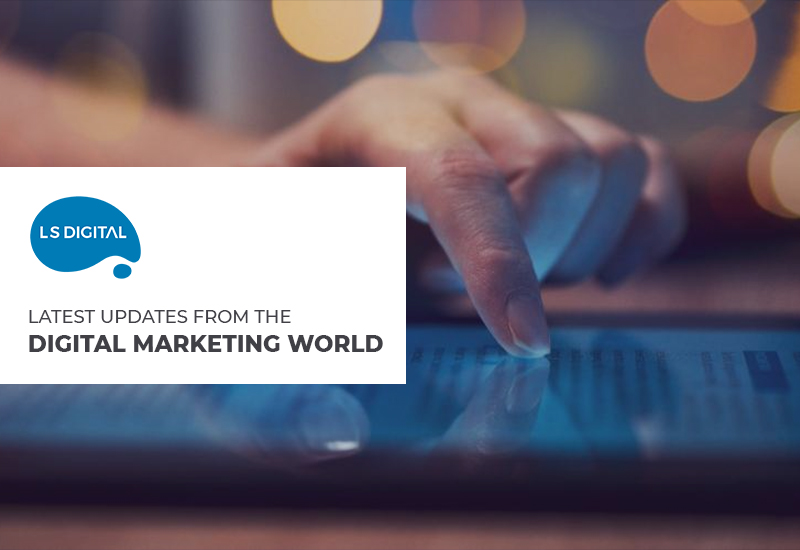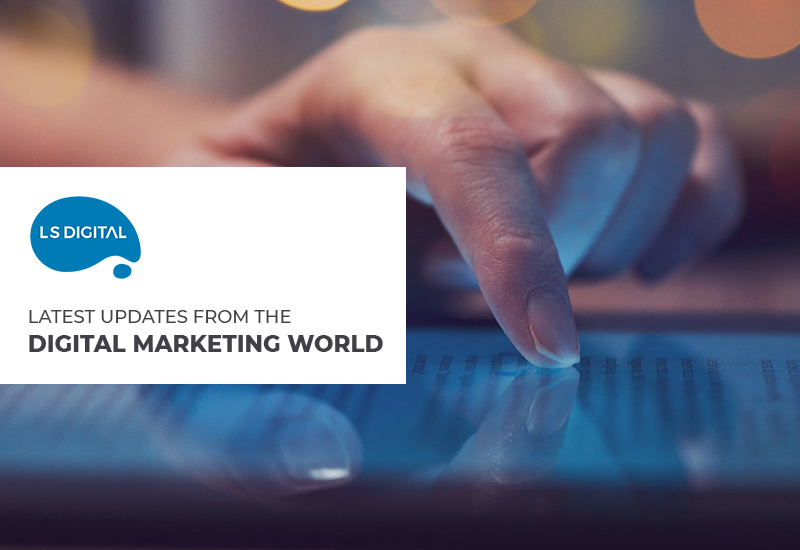The poster boy of the paid marketing world, pay-per-click advertising is evolving with each passing year. The advances in AI, changing privacy guidelines, birth of new online platforms, increase in video content consumption, change in how digital users consume content, have led to digital marketers rethinking their PPC advertising strategies.
Up your PPC marketing game by staying relevant and incorporating these trends into your campaign:
1. Focus on Automation
Although automation in CPC advertising is not new, how it will be used is changing. Automation will use statistical analysis to remove non-performing ads, boost the visibility of best performing ads, and identify and bid for ad auctions with the best potential. These otherwise labour-intensive tasks will be automated using AI and machine learning, to allow the human team to focus more on development strategy.
2. Artificial Intelligence for efficacy
Right from predicting the CTR on future ads to analysing bids that are most likely to generate high levels of traffic, AI is here to revolutionise how paid search marketing is done. The more it learns about the users’ behaviour, the more it will help to create targeted ads.
3. Video ads
Whether it is Instagram Stories or Google video ads, users are going to continue to throng to video ads to know about product or service. Marketers will need to design ads keeping in mind Google video ads’ vertical orientation. Another feature that marketers need to pay heed to is the Bumper Machine- the 6-second un-skippable video that plays before, within, or after a YouTube video. While the Bumper Machine utilises machine learning to create multiple bumper ad options for you, you can modify the video and sound as per your strategy. This often-overlooked component of a YouTube ad will be a focal point this year.
4. Ads Data Hub
The reliance on pixel technology to gain insights into your YouTube ad metrics will be overtaken by Google’s Ads Data Hub. Although the focus on Ads Data Hub was due to a greater need for security, the Hub is a comprehensive tool to understand the efficacy of a CPC across digital devices as opposed to the single screen insights that pixel technology was restricted to.
5. Smart bidding
AI is going to change the way marketers bid. Google has come up with some much-needed controls for smart bidding such as Campaign-level Conversion Setting which allow the advertiser to set campaign goals for campaigns instead of the earlier account-level goals. The ‘Maximum Conversion’ control will ensure that you optimise your daily budget to get a maximum number of conversions. ‘Seasonality Adjustments’ will adjust the bid if the AI predicts a higher conversion rate during let’s say, the holiday season. Furthermore, Google has initiated ‘value rules’ which allow the marketer to differentiate the different conversion values based on the variables such as audience, location, and device used.
6. YouTube Masthead
When YouTube launched the Masthead for TV in the last quarter of 2019, the decision was based on the increasing popularity of YouTube on TV. More than 250 million hours of content was consumed per day by TV YouTube users.
7. Voice search
One of the biggest PPC trends to watch out for is the shift in preference for voice searches than typed searches. It is estimated that 2020 will see 50% search queries being voice-based. Businesses need to design PPC campaigns that include this new trend. Digital marketers need to keep in mind that voice searches are more conversational, start with a question word (where, what, why, how), and are mainly commanded through smartphones than any other device. Develop campaigns that focus on the “where” and “when” keywords as these words indicate that the user is at the conversion stage rather than at an awareness stage as indicated by keywords such as “what” and “who”.
8. Smarter mobile user segregation
Google’s AdMob helps businesses analyse an app’s data and user behaviour. It provides key insights into users who are likely to make an in-app purchase and those who aren’t. This type of segmentation will help advertisers pick the right type of audience to advertise to. AdMob also identifies any significant changes in your metrics such as impressions and alerts you to ensure immediate action.
9. Virtual Reality Advertisements
Millennials and Gen Z are investing their time and effort in VR. The “click” here is through VR’s eye-tracking technology which plays the video when the user’s eyes linger on it for a couple of moments. Digital marketers can design VR ads that allow the user to experience the product before buying it. There is a range of possibilities for marketers to explore; users can “try” out a pair of shoes to know its benefits, or a potential buyer can try on clothes before buying.
10. Alternative platforms
While Google and Facebook are the hotbed for digital ads, platforms such as Quora and LinkedIn are fast gaining ground. For instance, more and more online users are spending time on Quora, literally looking for answers; digital marketers can develop native ads for popular Quora queries and highlight their product or service.
CPC is one of the largest target marketing strategies that any digital marketer can use. Use this article as a starting point to get the best out of the growing trends in PPC, and to stay ahead of the curve.



